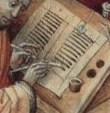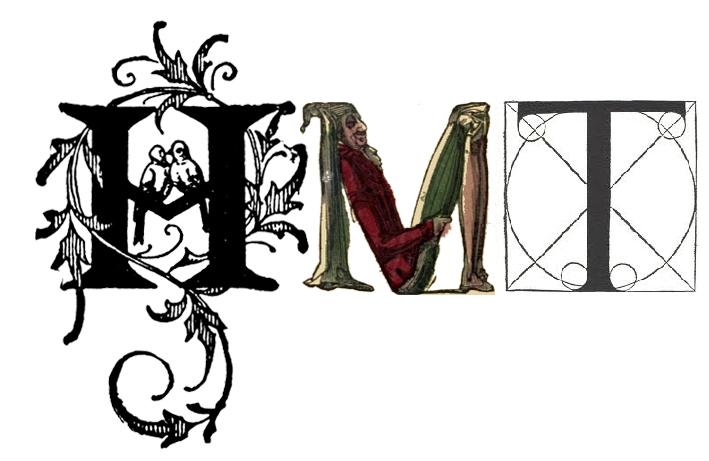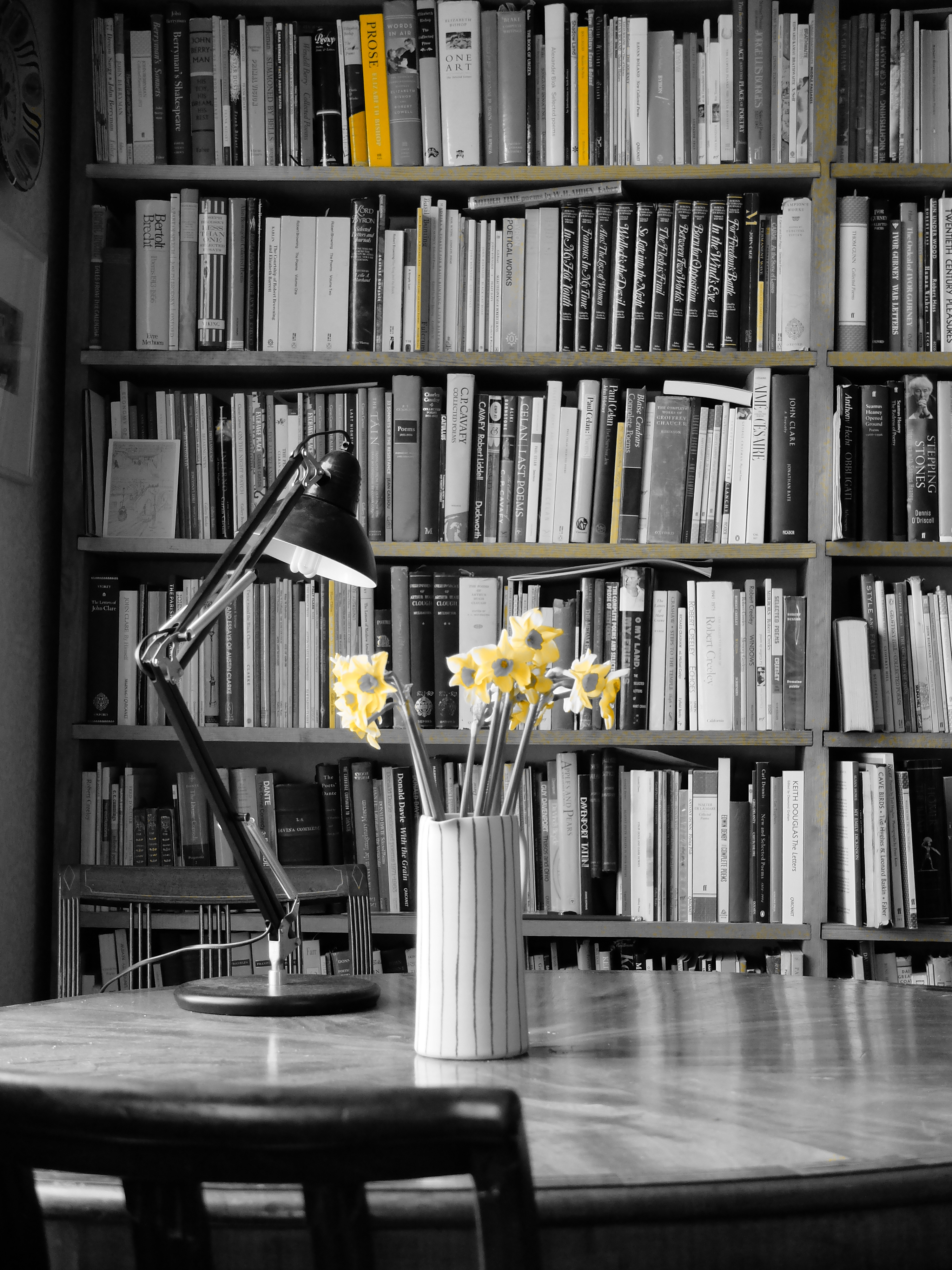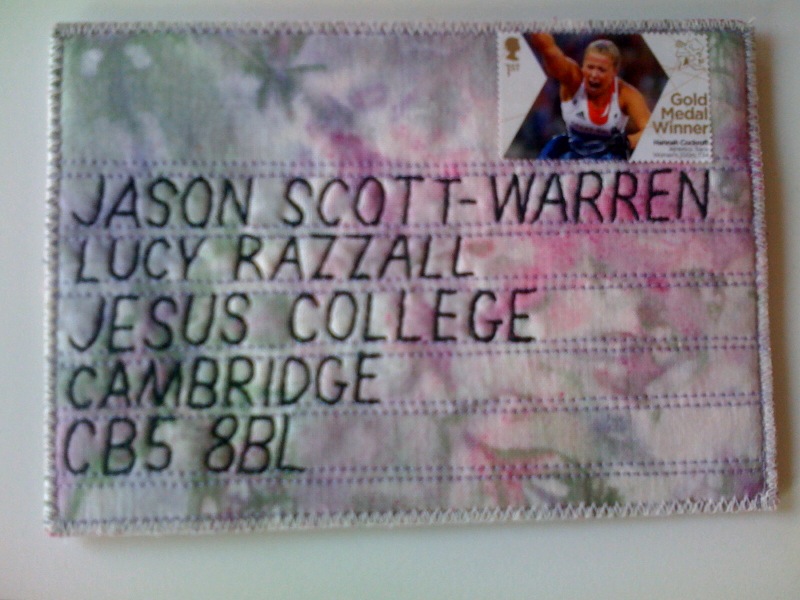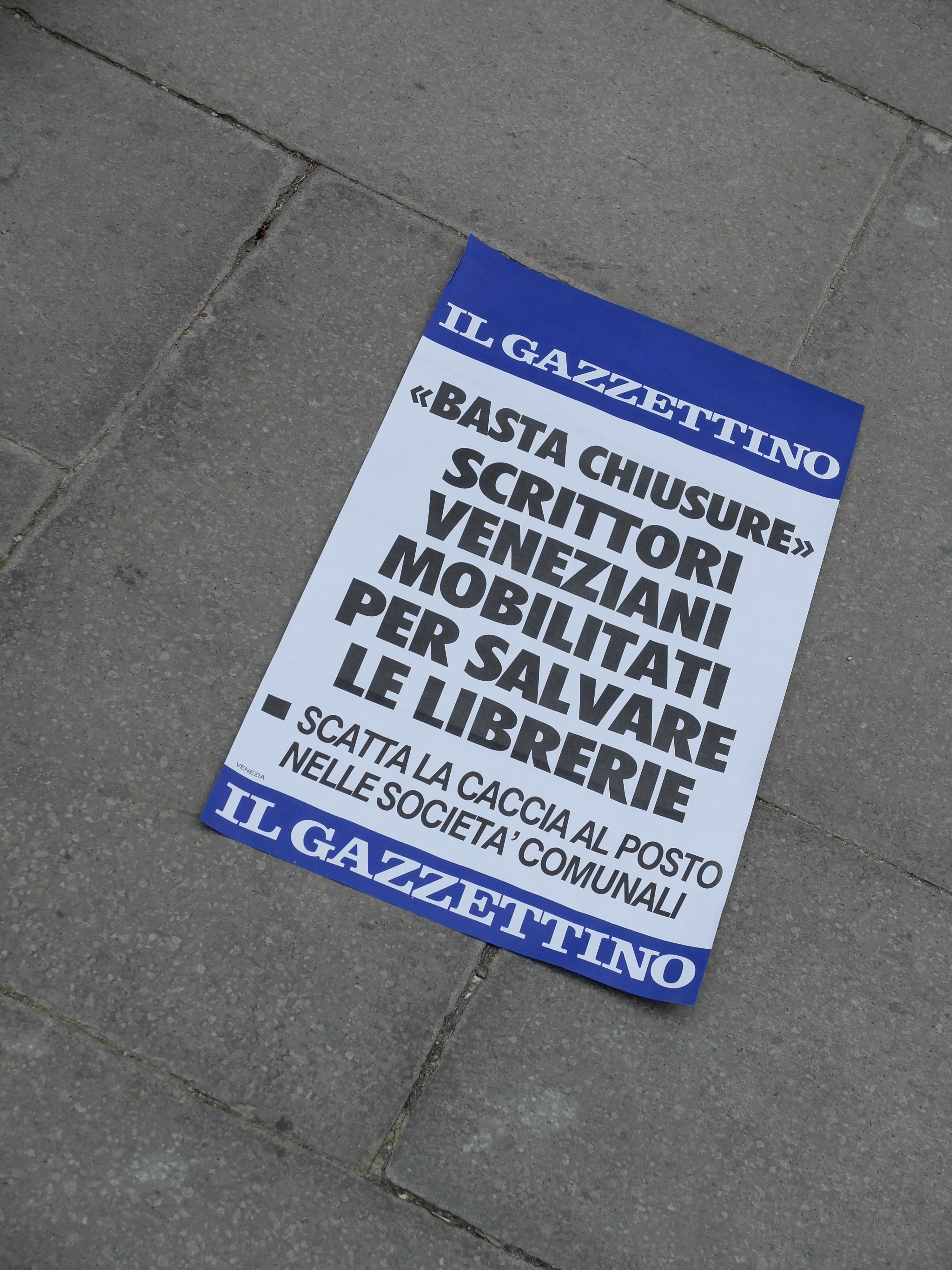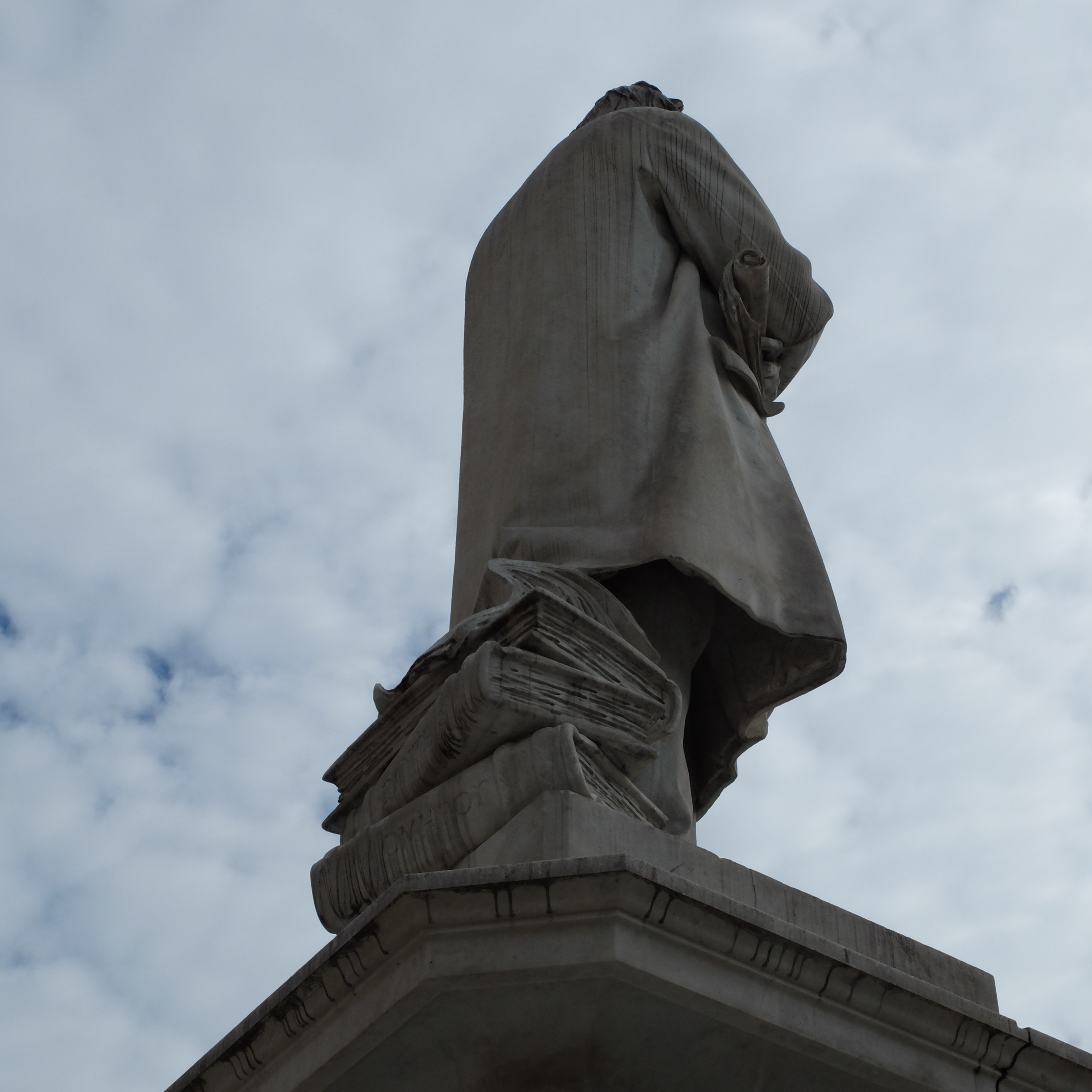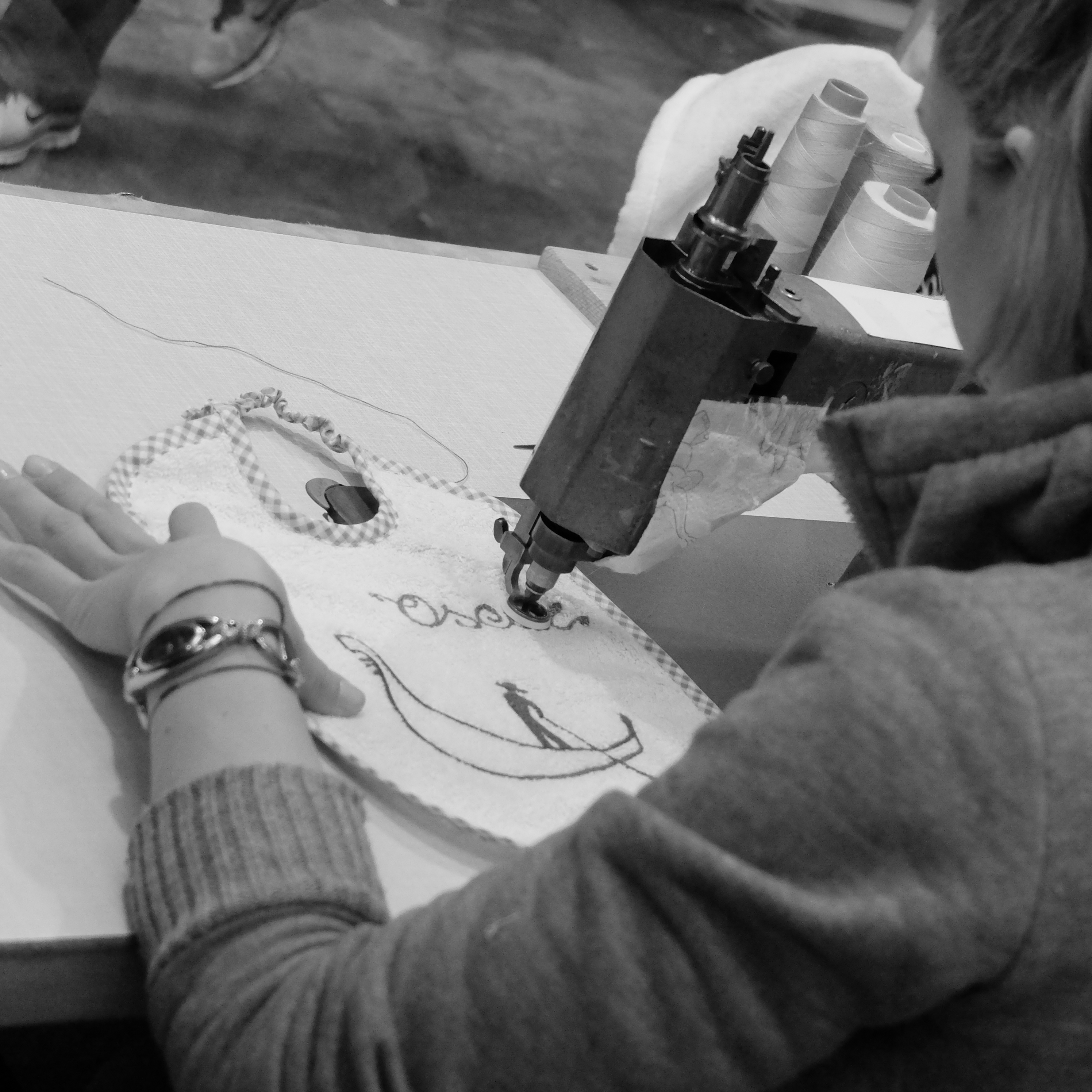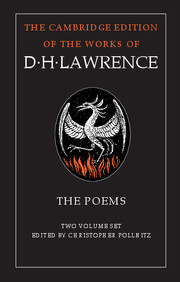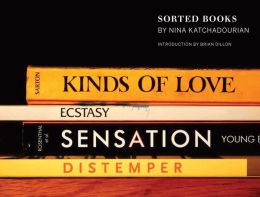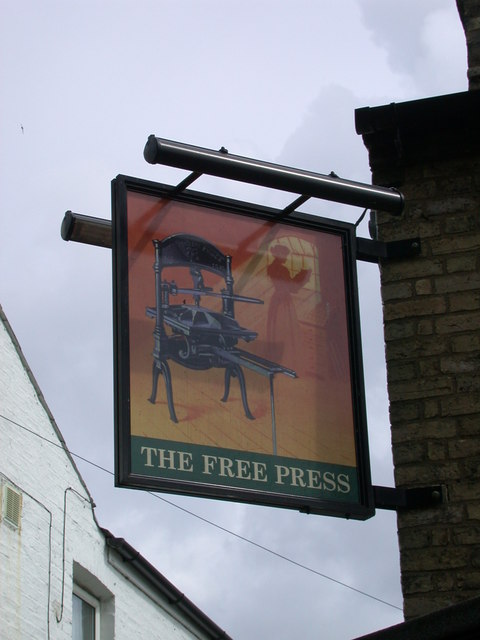 Robert Priest spoke at our seminar last night about his work on the fan mail and hate mail that arose from Ernest Renan’s Vie de Jésus (Life of Jesus, 1863). Treating the gospels as a set of unreliable historical sources rather than as Holy Writ, Renan’s study scandalized the Catholic establishment and became one of the most hotly-discussed and bestselling books of the age.
Robert Priest spoke at our seminar last night about his work on the fan mail and hate mail that arose from Ernest Renan’s Vie de Jésus (Life of Jesus, 1863). Treating the gospels as a set of unreliable historical sources rather than as Holy Writ, Renan’s study scandalized the Catholic establishment and became one of the most hotly-discussed and bestselling books of the age.
While the Vie received vast numbers of printed rebuttals, Renan himself was subjected to a torrent of letters from all over France and beyond its borders. Some of the letters were from readers who had experienced the book as a kind of revelation that brought the historical Jesus to life for the first time. But others were savagely hostile, calling the writer an animal and telling him that he would burn in hell for his lack of faith. A third type of communication came from those who sought to bring Renan back to the fold by gentler means, often with prayer cards depicting the Sacred Heart, significant terms underlined so as to drive home the message more directly. Taken together these letters testify to the extent to which the Vie (published in a cheap, simplified edition in 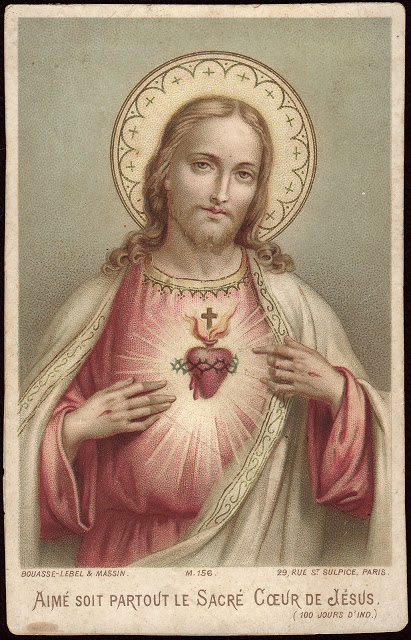 1864, and issued with illustrations in 1870) had penetrated French society, attracting readers among the rural poor as well as among urban elites. And they show how much controversy it continued to cause, while the author sat back and declined to comment on the furore.
1864, and issued with illustrations in 1870) had penetrated French society, attracting readers among the rural poor as well as among urban elites. And they show how much controversy it continued to cause, while the author sat back and declined to comment on the furore.
For the modern reader, these letters can’t but seem prescient of internet commentings, and of the virulent work of the troll, who employs the invisibility cloak of anonymity to post flagrantly offensive messages. (The recent trolling case involving Cambridge academic Mary Beard was widely publicized). But while anonymity was also a feature in much of Renan’s hate mail, Priest emphasized that these were not proto-posts. With no established line of communication, and no evidence of a concerted campaign of writing, each letter was the result of an individual initiative by the sender, an experiment pitting the power of handwriting against the force of print.
